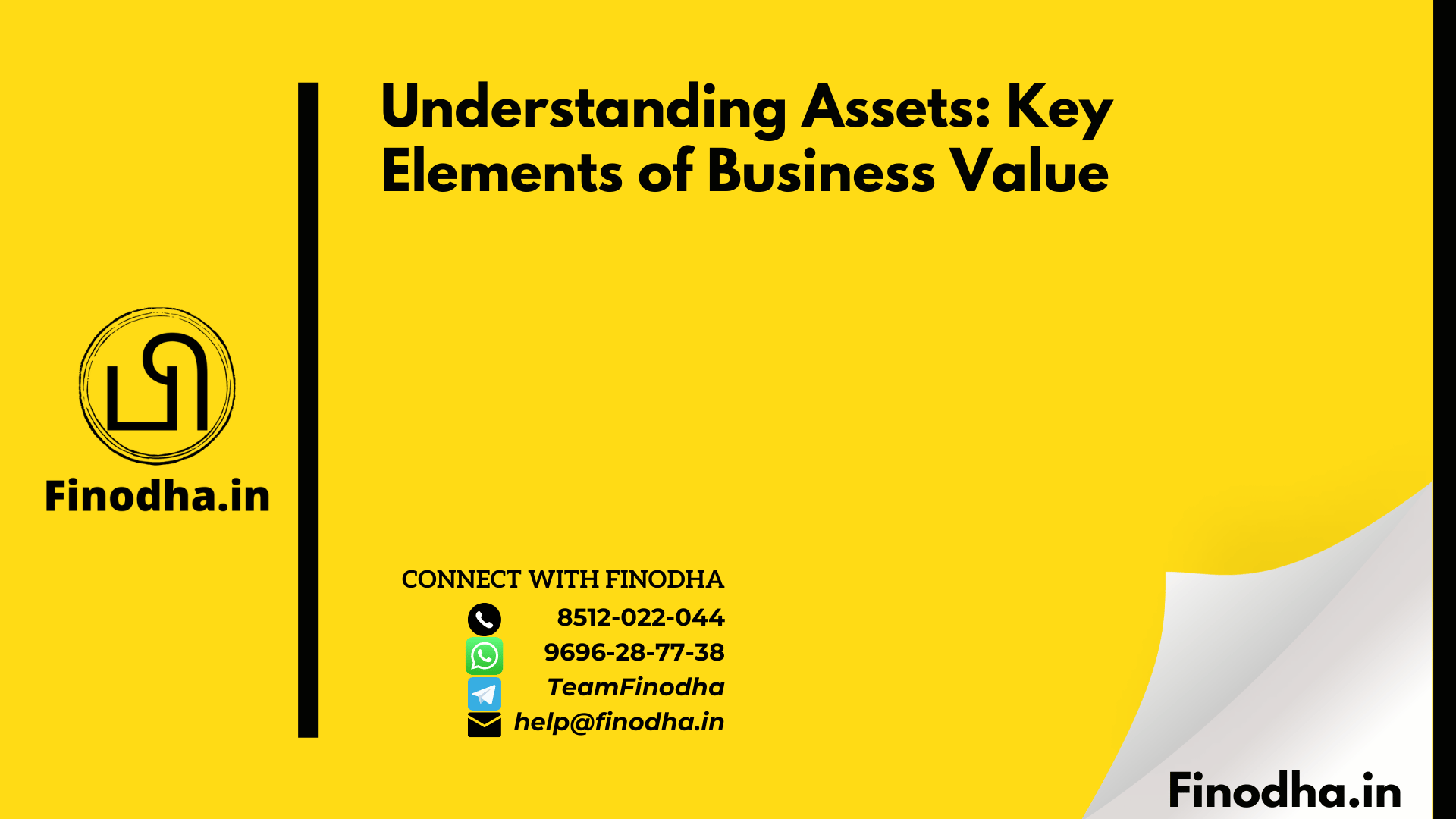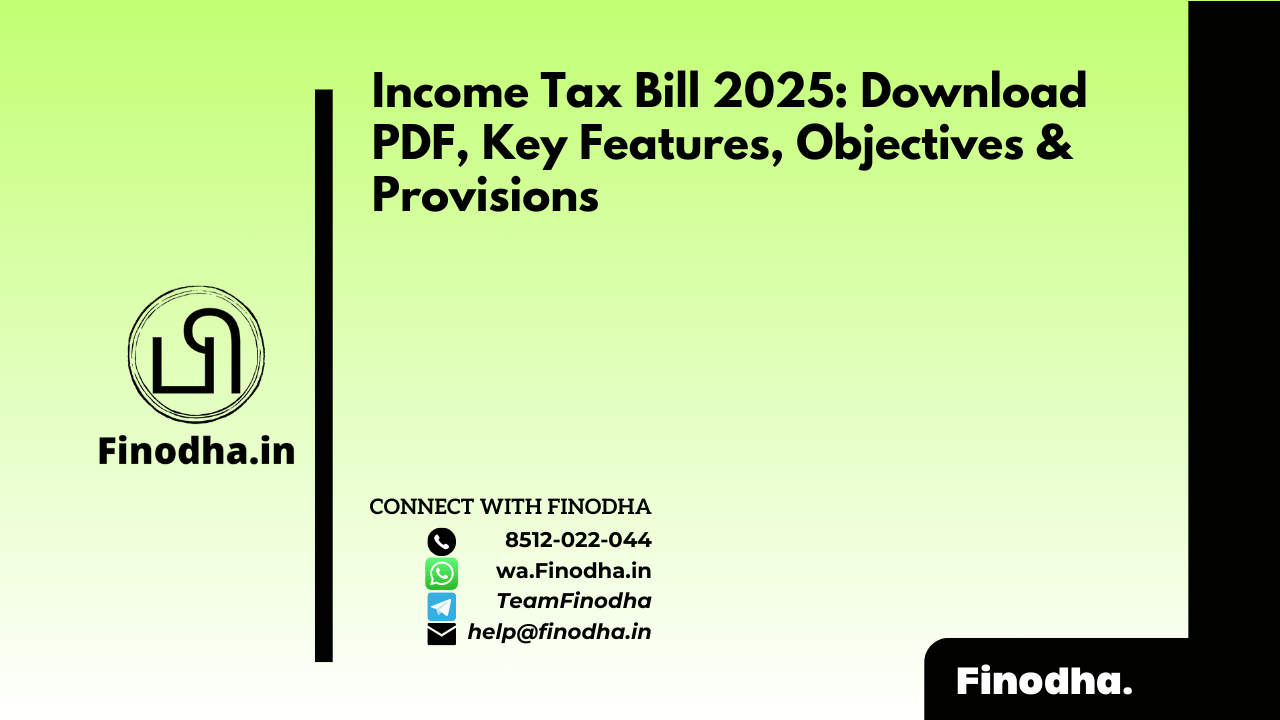Important Keywords: Understanding Assets, Assets in business, Economic value of assets, Types of assets, Importance of assets, Intangible assets, Current assets, Fixed assets, Financial assets, Balance sheet assets.
Headings:
- Introduction to Assets
- What is an Asset?
- Importance and Types of Assets
Sub-headings:
- Defining Assets and Their Economic Value
- Assets on the Balance Sheet
- Characteristics of Assets
- Differentiating Assets and Liabilities
- Intangible Assets: The Non-Physical Value
- Types of Assets: Current, Fixed, Financial, and Intangible
Short Paragraphs: Understanding Assets
Paragraph 1: Assets play a crucial role in the profit and loss of a business. They are resources that are acquired to increase the value of a company. To grasp the significance of assets and understand the various types, let’s delve deeper into this topic.
Paragraph 2: An asset is a resource with economic value that is owned or controlled by an individual, corporation, or country. These resources are recorded on the balance sheet and are intended to enhance a firm’s value or support its operations.
Paragraph 3: Assets are seen as something that can generate cash flow, reduce expenses, or improve sales, regardless of whether they are physical (such as production equipment) or intangible (like patents). They are economic resources that provide access not available to others.
Paragraph 4: To be considered an asset, something must be owned or owed to an entity and provide current, future, or potential economic benefits. For example, a loan owed to you can be considered an asset as it brings future economic benefits, while it becomes a liability for the borrower.
Paragraph 5: In addition to physical assets, there are non-physical or intangible assets, including intellectual property (such as patents and trademarks), contractual obligations, royalties, and goodwill. Financial assets, like stocks and derivatives, also fall under this category.
Paragraph 6: Assets are categorized into short term (current), fixed, financial, and intangible assets. Short-term assets are resources expected to be converted into cash within a year, while fixed assets include buildings and equipment. Financial assets represent investments, and intangible assets lack physical value.
Bullets:
- Assets are resources that increase a company’s value.
- They have economic value and are recorded on the balance sheet.
- Assets can be physical or intangible.
- Intangible assets include patents, trademarks, copyrights, and goodwill.
- Assets are classified into short term, fixed, financial, and intangible categories.
Questions and Answers:
Q: What is an asset?
A: An asset is a resource owned or controlled by an individual, corporation, or country. It possesses economic value and is intended to benefit the entity in the future.
Q: How are assets different from liabilities?
A: Assets provide economic benefits to the owner, while liabilities represent obligations or debts. Assets add value, while liabilities subtract from it.
Q: What are intangible assets?
A: Intangible assets lack physical form but hold economic value. Examples include patents, trademarks, copyrights, royalties, contracts, and goodwill.
Key Takeaways:
- Assets are resources with economic value that increase a company’s worth.
- They can be physical or intangible.
- Intangible assets include intellectual property and goodwill.
- Assets are classified as short term, fixed, financial, or intangible.
- Understanding assets is crucial for effective financial management.
Conclusion:
Assets are the backbone of a business, contributing to its value and success. Whether physical or intangible, assets provide economic benefits and play a vital role in financial planning and decision-making. By recognizing and leveraging different types of assets, businesses can optimize their operations and strive for long-term growth.
Capital gains (21) CGST (277) Chapter VI-A (15) e-Compliance Portal (21) E-Verify (20) economic growth (21) F&O Trading (29) F.No.354/117/2017-TRU (23) F. No. CBIC-20001/4/2024-GST (15) Financial planning (15) financial stability (17) GST (1424) IGST (222) Income from House Property (17) Income Heads (16) Income Source (14) Income tax (111) Income Tax Account (15) Income Tax Filing (20) Indian context (22) Indian investors (16) ITR-3 (19) ITR Form (20) P&L Statement (24) PAN (13) Risk Management (20) Salary Income (19) Section 7(1) UTGST Act 2017 (14) Section 8(1) UTGST Act 2017 (26) section 9 (18) section 10 (28) section 15 (13) section 25 (17) section 39 (24) section 49 (16) section 50 (16) section 51 (13) Section 52 (16) Section 54 (13) section 73 (20) section 74 (21) SGST (223) Speculative Income (14) Trading Income (33) UTGST (78)




